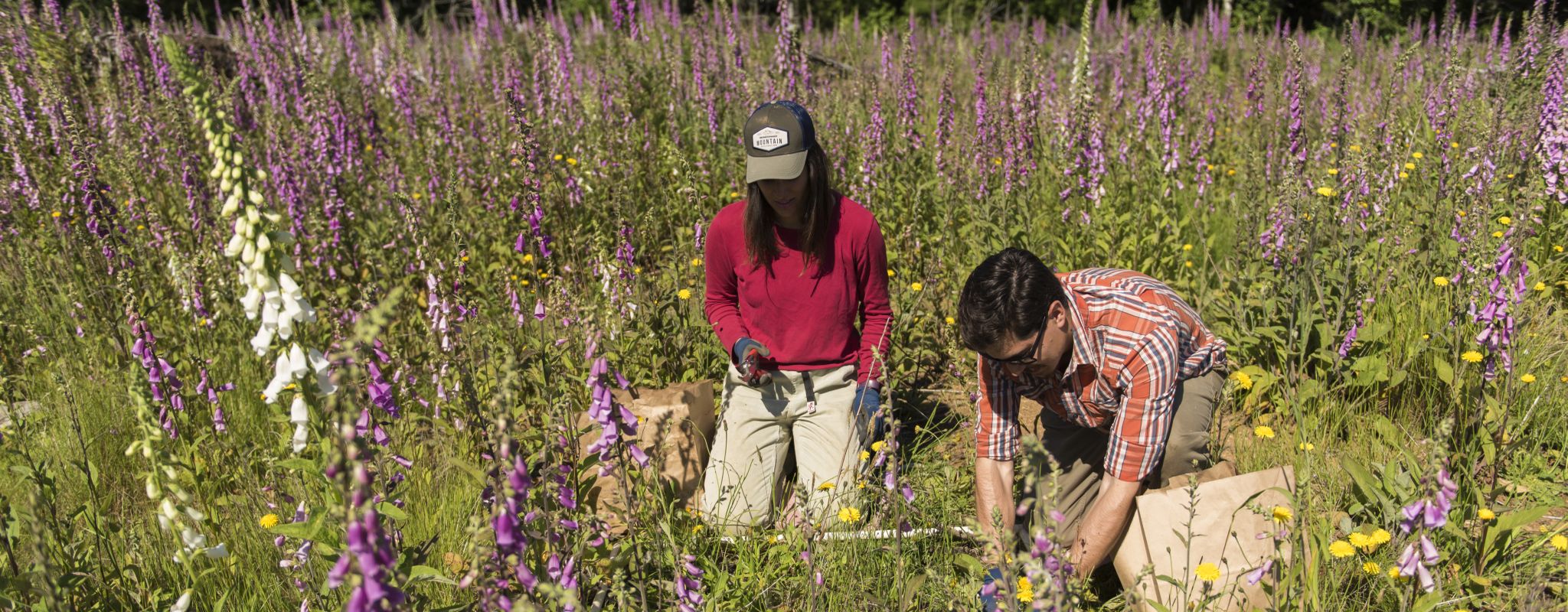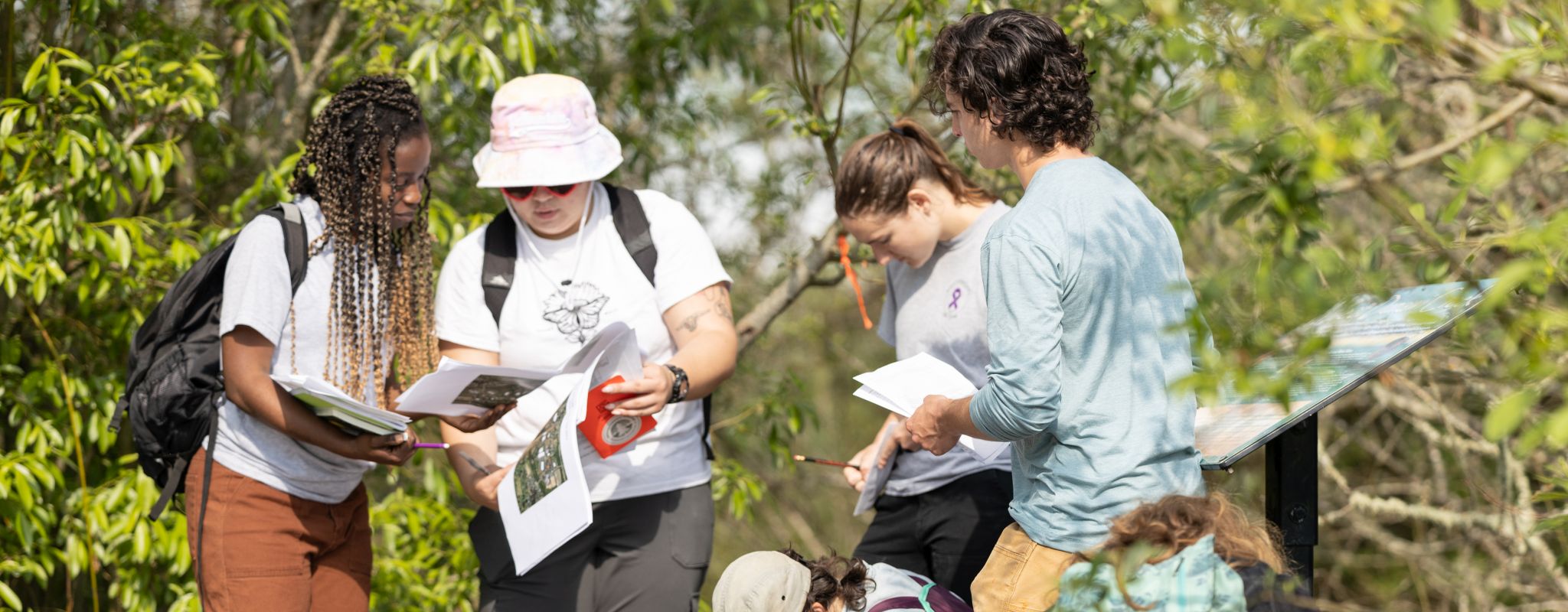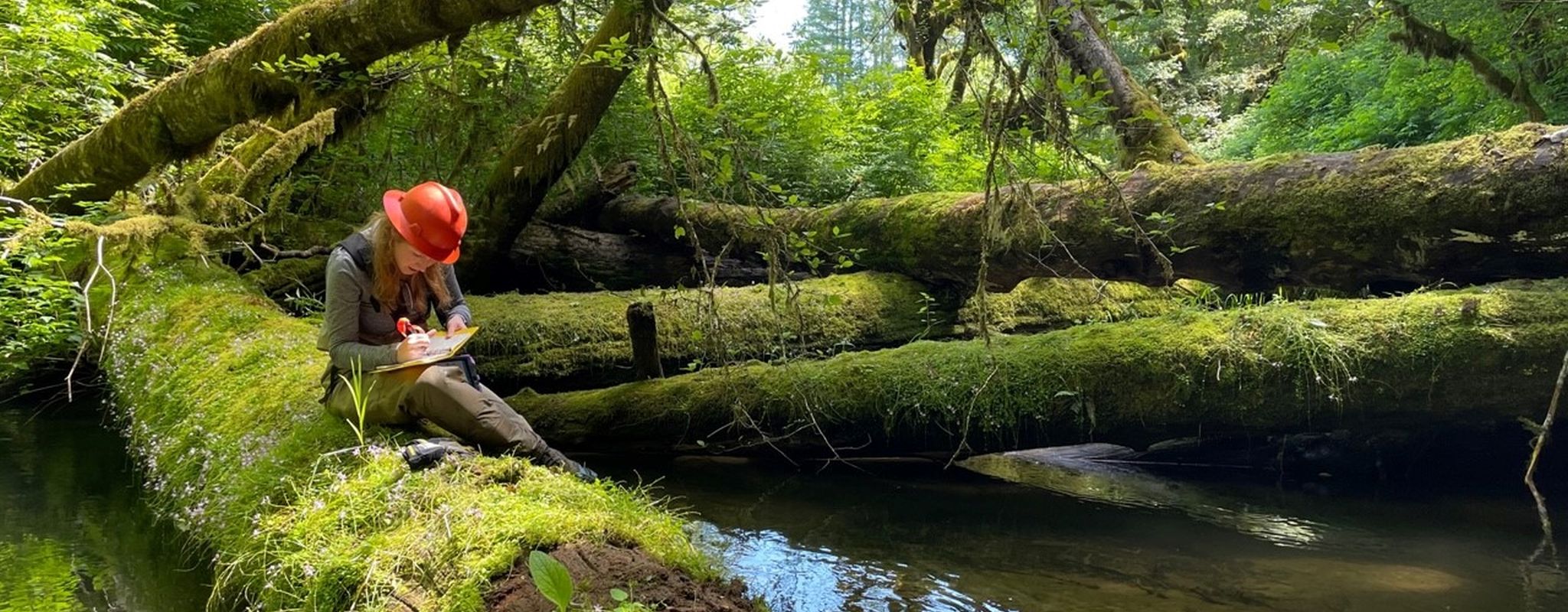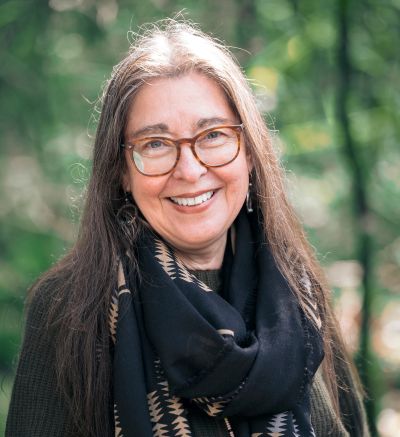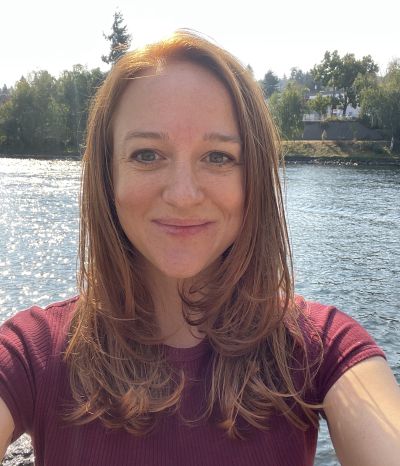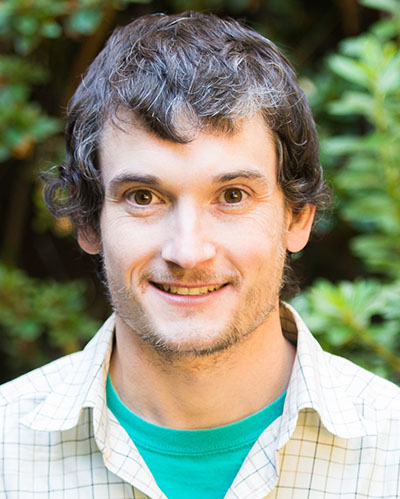Building Connections: Pathways to community engagement and accessibility in natural resource education
Your Host:
The Oregon State University College of Forestry is an internationally recognized leader that is transforming education, research and policy for managing and sustaining working forest ecosystems in the 21st century. Home to five undergraduate programs and three graduate programs, the college offers a world-class education leading toward countless career opportunities. For our partners, we are a trusted authority and world leader in outreach and research, providing the latest scientific knowledge, woven together with Traditional Ecological Knowledge and multiple ways of knowing, to inform policy and business decisions across the forest landscape.
Format: Virtual
The schedule has been posted!
Special sessions and workshop proposals: No longer accepting.
Please contact Eli Swanson for more details: elizabeth.swanson@oregonstate.edu
